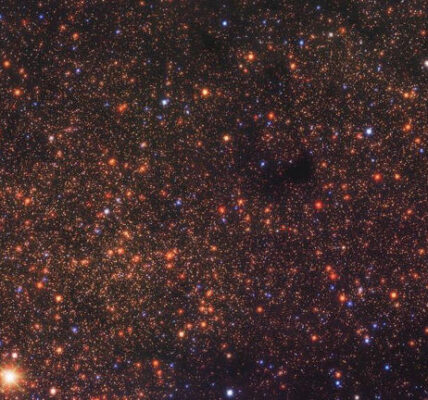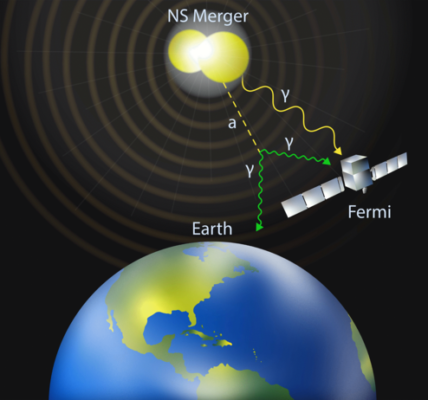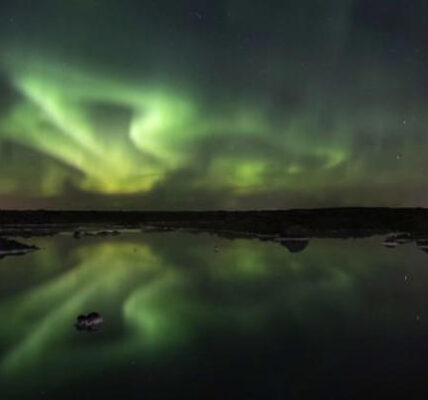Supermassive Black Hole Discovery 2024: 5 Astonishing Revelations
Supermassive Black Hole Discovery 2024 reveals how a massive black hole ripped apart a star and is using the debris to batter another object, solving long-standing cosmic mysteries. This breakthrough in astrophysics provides new insights into black hole behavior and recurring X-ray bursts.

© Reach Publishing Services Limited
Table of Contents
ToggleSupermassive Black Hole Discovery 2024: Solving Cosmic Mysteries
The Supermassive Black Hole Discovery 2024 has provided groundbreaking insight into a cosmic phenomenon that has puzzled scientists for years. Astrophysicists, led by a team from Queen’s University Belfast, have uncovered how a massive black hole ripped apart a star and used its debris to collide with another object, likely a nearby star or smaller black hole. This discovery links two previously unconnected cosmic events, providing clarity on recurring X-ray bursts observed around black holes.
Using NASA’s Chandra X-ray Observatory and several other advanced telescopes, the international research team has revealed that when a star gets too close to a black hole, it can be torn apart by its extreme gravitational pull. This phenomenon has been observed before, but what was unclear was the subsequent activity involving the debris left behind. Thanks to the Supermassive Black Hole Discovery 2024, scientists now understand how this debris disc causes recurring collisions with other objects in orbit, leading to regular bursts of light and X-ray emissions.
The Star’s Destruction: A Closer Look
Back in 2019, astronomers witnessed a star being destroyed by a black hole. The immense gravitational forces pulled the star apart, creating a disc of debris around the black hole. Over time, this debris spread out and began interacting with nearby objects, such as a star or a smaller black hole in orbit around the larger one.
According to the research team, led by Dr. Matt Nicholl of Queen’s University Belfast, this interaction causes the orbiting object to pass through the debris disc approximately every 48 hours. Each time this happens, the object crashes into the gas and material left behind by the destroyed star, causing a spectacular burst of light and X-rays.
Dr. Nicholl compared this process to a diver repeatedly entering a pool. “Each time the diver enters the water, it creates a splash,” he explained. In this case, the object orbiting the black hole is like the diver, and the debris disc is the pool. Every time the star orbits through the disc, it creates a massive “splash” of energy.
What Are Tidal Disruption Events (TDEs)?
Before the Supermassive Black Hole Discovery 2024, scientists had already observed instances where stars get too close to black holes and are ripped apart. These events, known as tidal disruption events (TDEs), result in a single bright flash of light when the star is destroyed. While TDEs are rare, they have provided valuable insight into how black holes interact with their surroundings.
However, in more recent years, astronomers noticed a new type of recurring light burst, which was visible only in X-ray wavelengths. These recurring bursts, called quasi-periodic eruptions (QPEs), were linked to supermassive black holes, but their cause remained a mystery—until now.
The Supermassive Black Hole Discovery 2024 has revealed that QPEs are caused by the interaction between the debris disc of a destroyed star and another object in orbit around the black hole. This discovery provides a clear explanation for the recurring X-ray bursts, solving one of the long-standing puzzles in astrophysics.
NASA’s Chandra X-ray Observatory: A Key Tool
One of the critical instruments used in the Supermassive Black Hole Discovery 2024 was NASA’s Chandra X-ray Observatory. The research team analyzed data from Chandra during three separate observations, each spaced a few hours apart. They noticed a pattern in the data, with a weak signal in the first and last observations but a much stronger signal in the middle. This indicated that the X-ray bursts were not random but followed a predictable cycle.
To further investigate, the team used data from NASA’s Neutron Star Interior Composition Explorer (Nicer) and the Hubble Space Telescope. By comparing the ultraviolet data from Hubble with the X-ray data from Chandra, they were able to confirm the presence of the expanding debris disc and the object colliding with it.
A New Understanding of Black Hole Behavior
The findings from the Supermassive Black Hole Discovery 2024 have changed the way scientists understand the behavior of black holes. Dr. Andrew Mummery from Oxford University, who was also involved in the research, explained that this discovery marks a significant breakthrough in the field of astrophysics. “We now realize that after a star is torn apart, it takes some time for the debris disc to expand far enough to collide with other objects in orbit around the black hole,” he said.
This new understanding of how debris from a destroyed star interacts with other objects near the black hole could help scientists predict future QPEs and better understand the environment around supermassive black holes. In the coming years, astronomers will be able to observe more such events, further advancing our knowledge of the cosmos.
Implications for Future Research
The Supermassive Black Hole Discovery 2024 has broad implications for the future of astrophysics. By linking tidal disruption events to quasi-periodic eruptions, scientists now have a clearer picture of how black holes interact with their surroundings. This new knowledge could lead to better predictions of when and where QPEs will occur, helping astronomers identify potential targets for future gravitational wave detectors.
Additionally, the discovery may provide new insights into the prevalence of supermassive black holes and the objects that orbit them. Understanding the dynamics of these extreme environments is crucial for answering some of the biggest questions in modern astrophysics, including how galaxies evolve and what role black holes play in shaping the universe.
Conclusion: A Major Breakthrough
The Supermassive Black Hole Discovery 2024 has solved a mystery that has baffled scientists for years. By showing how a massive black hole uses the debris from a destroyed star to batter a nearby object, this discovery links two previously unexplained cosmic events—tidal disruption events and quasi-periodic eruptions.
Thanks to advanced technology like NASA’s Chandra X-ray Observatory and the collaboration of an international team of researchers, we now have a clearer understanding of the violent and complex behavior of black holes. As scientists continue to study these enigmatic objects, the Supermassive Black Hole Discovery 2024 will undoubtedly play a crucial role in future breakthroughs, helping us unlock more secrets of the universe.
Related:
James Webb Telescope Detects Carbon Dioxide on Charon: 3 Incredible Breakthroughs Unveiled!



